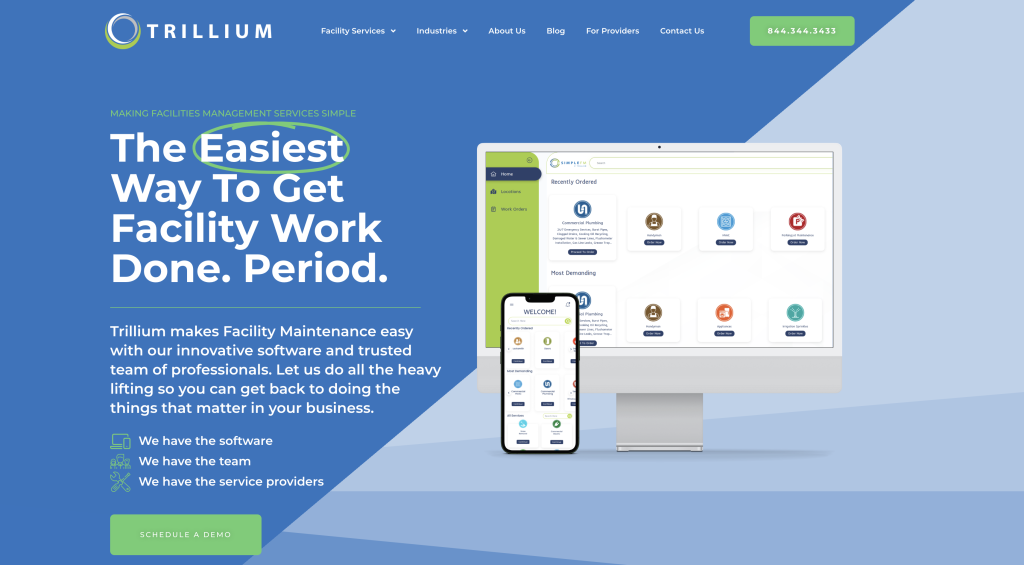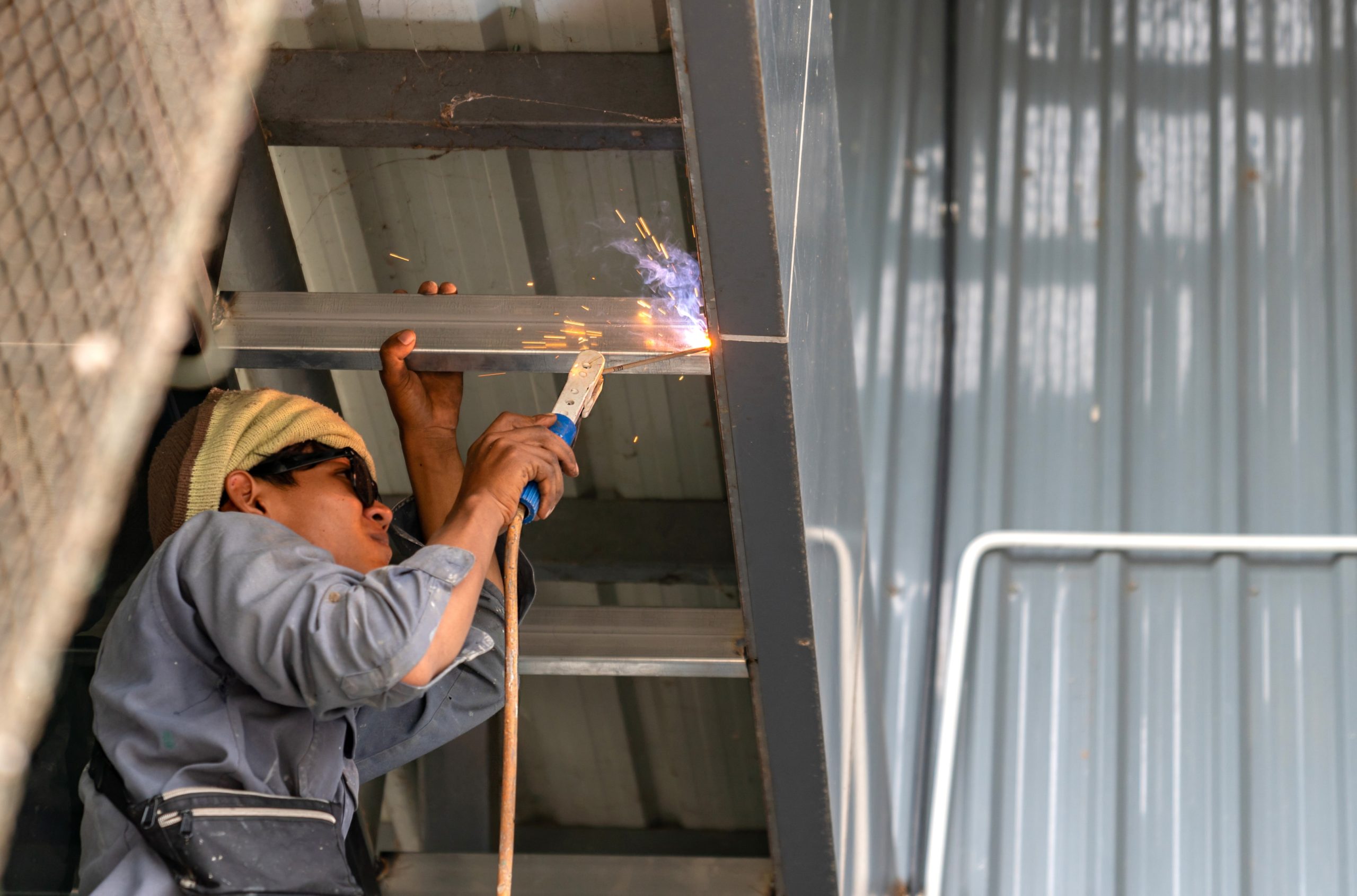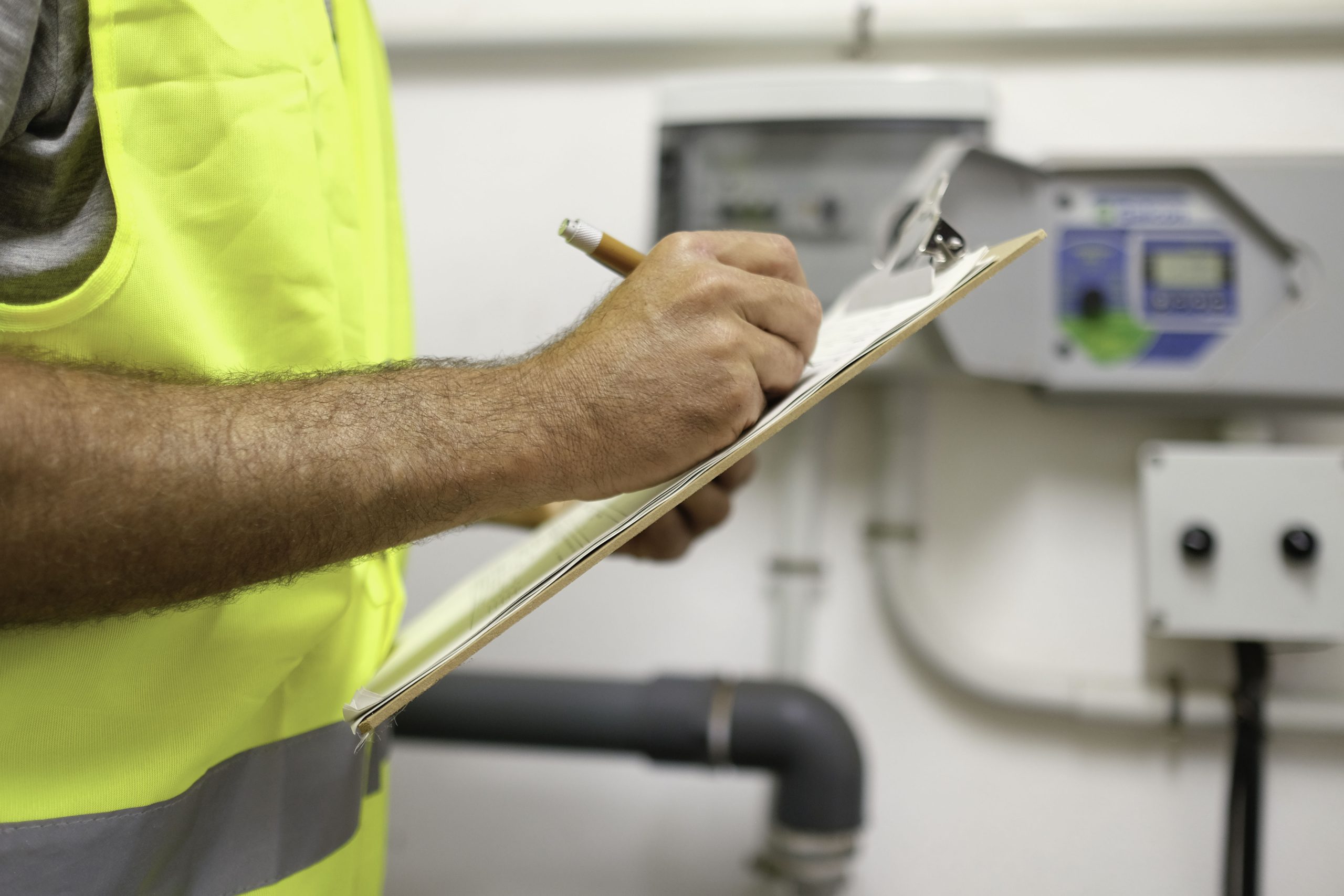What happens when cleaning falls off the radar in your facility?
People notice, and not in a good way. Trash cans overflow, restrooms become a problem, and the whole place feels off. A messy workspace slows down your team, affects operational efficiency, and leads to many complaints you don’t have time to deal with.
You don’t need fancy systems or a full-time crew to fix this. You need a checklist template that covers your entire cleaning process.
In this guide, you’ll learn what to include in your janitorial checklist, how often to clean different areas, and what you can do to keep your space clean without micromanaging every detail.
What Is a Facility Janitorial Checklist?
A facility manager knows that without a proper system, people will guess. Guessing leads to skipped steps, frustrated teams, and constant complaints. A facility janitorial checklist is a written list of cleaning procedures that need to happen throughout your office buildings.
Instead of asking who forgot the trash removal or why the floors look dusty, you can point to the list. It creates clarity. Everyone knows what’s expected, what’s already done, and what still needs attention.
Think about how many spaces your team touches in a day:
- Desks
- Restrooms
- Break rooms
- Entryways
- Shared office equipment
Each one collects dust, spills, or trash faster than you’d expect. A checklist keeps those areas from being forgotten.
With the right checklist in place, you set your facility up to feel fresh, organized, and like a clean and safe environment.
Daily Janitorial Tasks
Daily cleaning tasks keep the essentials covered. When handled consistently, it helps prevent clutter, complaints, and time-consuming catch-up work.
Sanitize High-Touch Surfaces
High-touch spots get dirty fast. These include door handles, light switches, shared equipment, and frequently used counters. Wipe them down with disinfectant to stop germs from spreading and keep spaces feeling fresh.
Regularly dust high-touch surfaces like phones and printers to support better indoor air quality, especially in rooms with less airflow.
Follow your team’s cleaning protocols to make sure each area gets proper attention.
Floor Care and Maintenance
Hard floors take a beating in any busy facility. Vacuum carpets where people walk the most. In break areas and entryways, sweep and mop floors with the right cleaning solutions to remove stains and dirt. If a spill happens, clean spills right away so they don’t become hazards.
Clean floors help maintain aesthetics and show that the space is being cared for.
Restroom Cleaning
Restrooms need attention every day. Sinks, mirrors, and clean toilets should be scrubbed and wiped. Surfaces like counters and stall doors should be sprayed with disinfectant. Trash should be removed, and supplies should be restocked before anything runs out.
Make sure to refill soap dispensers and check if anything is low. Keeping restrooms clean also gives you a chance to glance at safety equipment like fire extinguishers and fire alarms, even if they are not part of your daily routine.
Break Room and Kitchen Cleanup
Food waste and spills add up fast. Wipe counters, appliance handles, and shared tables. Sweep up anything left on the floor, and clean surfaces to keep odors and germs in check.
Taking out the trash bins before they start to smell helps keep the space inviting. A tidy break area supports a welcoming environment and cuts down on pest complaints.
Trash Removal and Recycling
Daily trash removal keeps your facility looking clean and feeling fresh. Without it, bins overflow and odors spread quickly.
- Empty trash bins in kitchens, restrooms, offices, and high-traffic areas.
- Replace liners and wipe up any spills around the bin.
- Remove recycling to prevent clutter and encourage better sorting.
Keeping waste under control protects your space and helps maintain a cleaner environment throughout the day.
Weekly Janitorial Tasks
Weekly cleaning picks up where daily tasks leave off. These are the jobs that don’t need constant attention but still matter for a clean and comfortable space.
Handle Dust Buildup and Neglected Corners
Dust shows up in quiet corners and on surfaces people don’t notice until they are covered in grime. Once a week, check areas that get missed during daily cleaning.
Dust the tops of shelves, light fixtures, and cabinet edges. Wipe behind furniture and inspect those hard-to-reach areas that quietly collect dirt. This is also the right time to check vents and fan covers, which affect airflow and contribute to better cleaning operations overall.
Refresh Shared Appliances and Rooms
Shared appliances need deeper attention each week. Wipe down inside the fridge and microwave to prevent buildup. In meeting spaces and conference rooms, clean shared tech and tables where crumbs or fingerprints often go unnoticed.
Review supply closets, too. Restock closets and organize where your team stores extra cleaning supplies.
Restore Floor and Surface Quality
Surface-level floor care works for daily upkeep, but weekly cleaning helps extend the life of your flooring and preserve its appearance.
- Buff floors or apply floor polish where needed.
- Wipe down indoor windows and glass surfaces.
- Disinfect shared surfaces like copy machines and drawer handles.
A weekly reset helps maintain cleanliness and spot issues early.
Weekly tasks also create a chance to double-check that equipment is still functioning correctly. If something’s broken, loose, or nearly worn out, flag it before it causes delays or complaints.
Monthly and Seasonal Tasks
Some tasks need a bit more time and attention, but they keep your facility feeling like a pristine environment.
Tackle Deep Cleaning and Airflow Maintenance
Once a month, focus on areas that hold buildup. Use steam or shampoo equipment for deep carpet cleaning to lift embedded dirt and odors. Wipe down shared chairs, remotes, and surfaces in storage rooms or utility closets. These less-used areas still collect dust and clutter and benefit from a thorough cleaning.
Vents and fans also need attention. Dust them well and replace air filters to keep your HVAC systems running clean. If your air conditioning units seem louder than usual or the air feels stale, that is a good sign that the filters are ready for a swap.
Monthly upkeep helps improve indoor air circulation and reduces allergens that sneak into the workspace.
Prep for Changing Seasons
Each season brings new cleaning challenges. Addressing them early helps maintain a clean appearance and keeps your building in good shape year-round.
- In fall, sweep up leaves from walkways and entry areas.
- In winter, clear snow, add mats, and prevent slippery entrances.
- In spring and summer, open windows, wipe outdoor furniture, and freshen up entrances.
- Use power washing outdoors when needed to clean up stains and grime.
Clean windows, walkways, and signage support a welcoming environment before anyone steps inside. These routines help your facility feel bright, clean, and full of natural light.
Supplies and Equipment Checklist
Even the best cleaning plan falls apart without the right tools. Stocking your janitorial closet with reliable, easy-to-access gear makes everything else work better.
Start with the basics, your team will use daily. That includes:
- A vacuum that fits your flooring type
- Mops, buckets, and microfiber cloths
- Surface-safe cleaning solutions and disinfectants
- Necessary supplies like paper towels, toilet paper, and liners
Check your equipment regularly. If the vacuum sounds weak or a spray bottle leaks, replace or repair it. Small issues slow down your crew and turn easy tasks into hassles. Keeping everything in working order also supports a cleaner, more functioning routine.
Keep supplies in a spot that’s visible and convenient. If they’re buried behind storage or spread out across rooms, people are less likely to follow through. A simple checklist for restocking helps you avoid running out unexpectedly.
Check your gear weekly. Replace broken items and keep everything stored in an easy-to-reach place. This supports day-to-day cleaning and maintenance without unnecessary stress.
Simplify Janitorial Management With Trillium’s Work Order Platform

You should not have to track janitorial services across emails, texts, and sticky notes. Trillium brings it all into one platform. That takes up time you do not have. Trillium makes janitorial management easier, cleaner, and less frustrating.
You can turn your checklist into real work without relying on sticky notes or hallway conversations. Trillium helps you submit janitorial requests, track them from start to finish, and assign priority levels based on what your space needs most.
Need recurring cleanings or a last-minute deep scrub? You can do both. No contract required. No minimum orders. Just support when you need it.
Trillium also connects you with trusted vendors who know what they’re doing. Whether it is everyday janitorial work, seasonal refreshes, or one-off cleanups, you can get it done through one platform.
Try Trillium’s work order platform and keep your facility clean, clear, and under control.
FAQs About Facility Janitorial Checklist
What’s included in an office cleaning checklist?
An office checklist usually includes daily cleaning of desks, shared tables, restrooms, entryways, and office areas. It might also include weekly vacuuming, mopping, glass cleaning, and monthly deep cleaning, like carpet shampooing or vent dusting. Each checklist should match how the space gets used.
What is the 3S checklist for cleaning operations?
3S stands for sweep, sort, and standardize. It is a basic cleaning system used in many workplaces to keep areas tidy and consistent. Sweep means remove dirt and trash, sort means organize supplies and tools, and standardize means keep it that way with a routine.
How can I create a cleaning checklist?
Start by walking through your space. Make a list of every area people use and what needs cleaning there. Break those tasks into daily, weekly, and monthly jobs. Then, decide who does what and how often. Keep it specific, simple, and easy for your team to follow. Document it for future reference to help with training and consistency.









